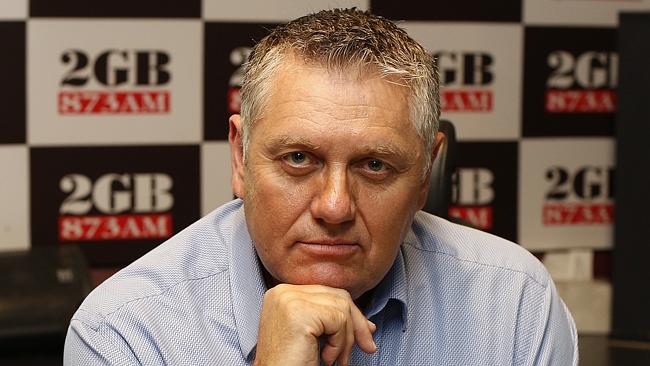Prime Minister Scott Morrison Interviewed by Ray Hadley, 4BC
- Written by Ray Hadley

RAY HADLEY: The Prime Minister has been in contact with me. He's on the line right now. Prime Minister, good morning to you.
PRIME MINISTER: Good morning, Ray.
HADLEY: I note, in your note to me, this is all about Sarah you wish to talk about and getting to that funeral. What are we going to try and do, if we can do anything?
PRIME MINISTER: This is a heartbreaking story it was brought to my attention early this morning. And so I rang the Premier this morning and I've appealed to her to overrule a decision that would allow Sarah to go to the funeral today. And to be honest, it's not about borders. It's not about the Federation. It's not about politicians. It's not about elections. The only thing that matters today is that Sarah can be with her 11 year old sister, Isobel, and her mother, Myrna, while they mourn the passing of their father and husband, Bernard, at Mount Gravatt today. That's the only thing that matters today. And this is a heartbreaking case. And I know that in Queensland, people support there being borders and all those things. It's not about that today. It's about ensuring that in this case that Sarah, who I spoke to earlier today and just to encourage her, that she has the opportunity to go and do that. She's from the ACT but she is a Queenslander, I understand, and she moved to the ACT earlier this year and sadly, she wasn't able to see her father before he passed. She tried to get up there. But the process to get an exemption to travel took 20 days, I understand, and so she missed that opportunity. And this is her last opportunity to say farewell to her dad. Now, all of us who have been through that process know how important a day like today is. It is still fresh in my mind.
HADLEY: Could I say something to you, Scott?
PRIME MINISTER: Yeah.
HADLEY: My dad died 45 years ago, mate. I know your dad passed more recently. It's still in my mind, mate, it’s still on my mind. I still remember my dad from 45 years ago like it was yesterday, mate.
PRIME MINISTER: Yep. It was Father's Day on the weekend. And I'm just thinking of Sarah, she had to go through that day in a hotel in isolation and there she is today. And, look, this isn't about the Premier of Queensland and me or anyone else. And it's just about that. Surely, in the midst of all of this heartache in COVID and everything that everyone's going through, surely just this once this can be done. It can be done. There have been no COVID cases in the ACT for more than 60 days. I just hope they change their mind. And I hope they let Sarah go to the funeral. I have done all I can. There's obviously been discussions between our Chief Medical Officer and raising that with them and health ministers. And I have these conversations with premiers on a range of issues all the time, and I don't seek to make them public. I didn't seek to make this one public. I rang the Premier this morning and I hoped that she would form a different view. She hadn't at that time. I hope she'll reconsider before two o'clock today, Ray. I just think that can say to everybody in the midst of what is an awful year that we can provide, at least on one occasion, hope to a family who just desperately needs the whole country to put their arms around them today. Because their family is like so many others, who've gone through the same heartache. There'll be people listening to this call today who have already had to go through this this year. And that's just awful. And as long as these types of things go on, then these things are still going to keep happening. But just today, please. That's my plea.
HADLEY: Okay. It's a plea that I join you on. I don't know that we'll get any satisfaction because this morning in Parliament, the Premier has accused you of bullying her. But it's about giving a little girl, a 26 year old girl some respite from a terrible period in her life. I appreciate your plea. I appreciate your call. And you're a good man. Thank you very much.
PRIME MINISTER: Thanks, Ray. Cheers.

















